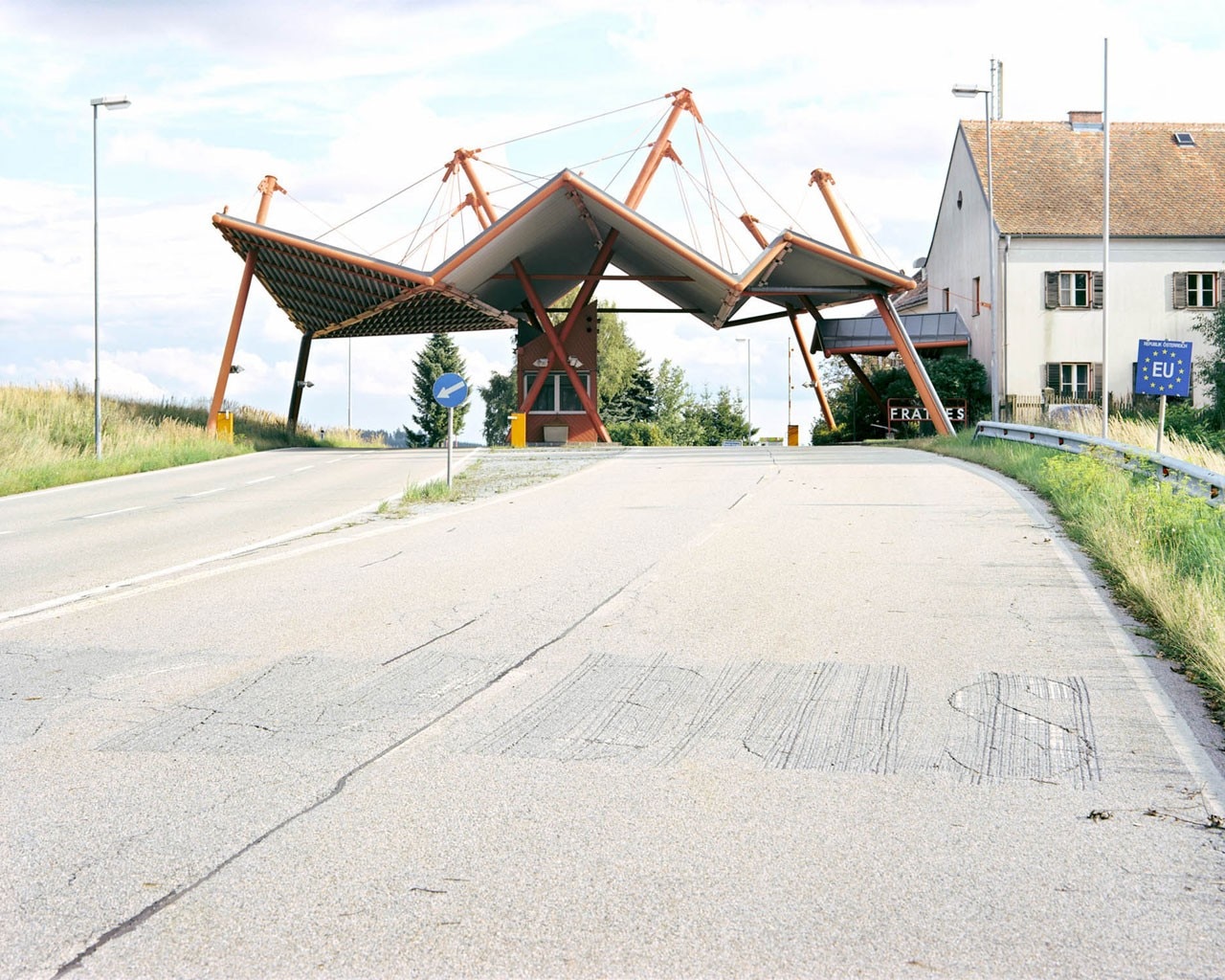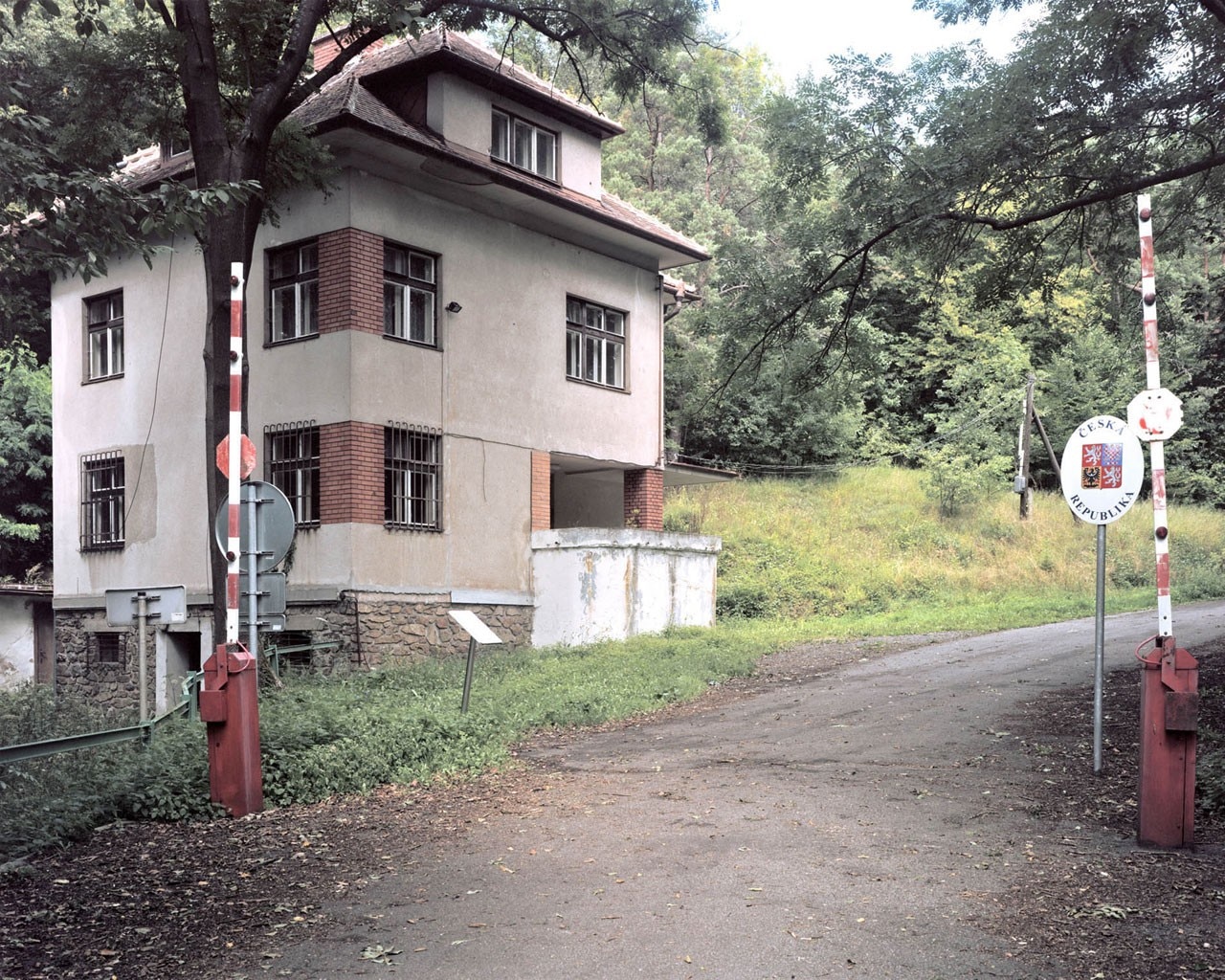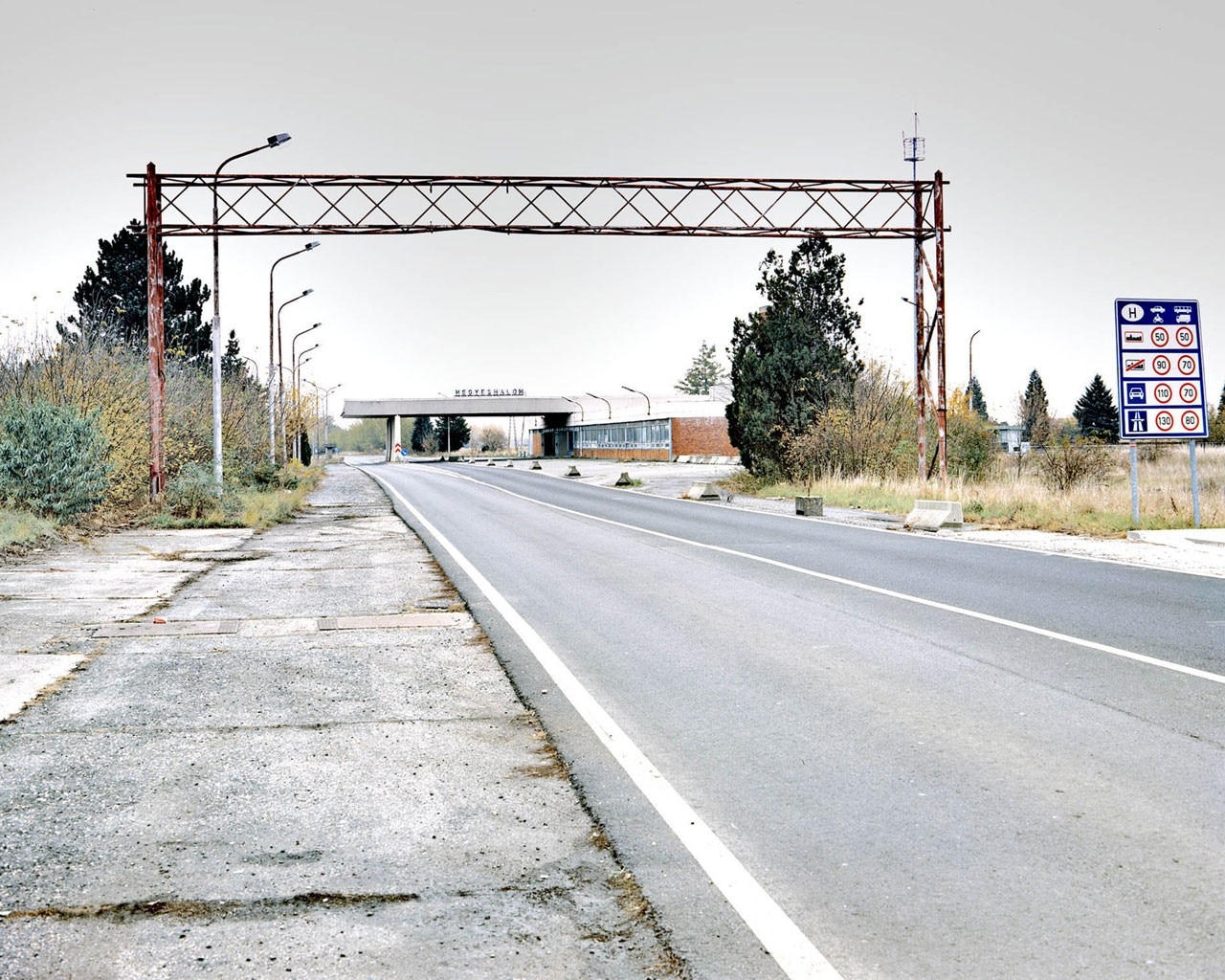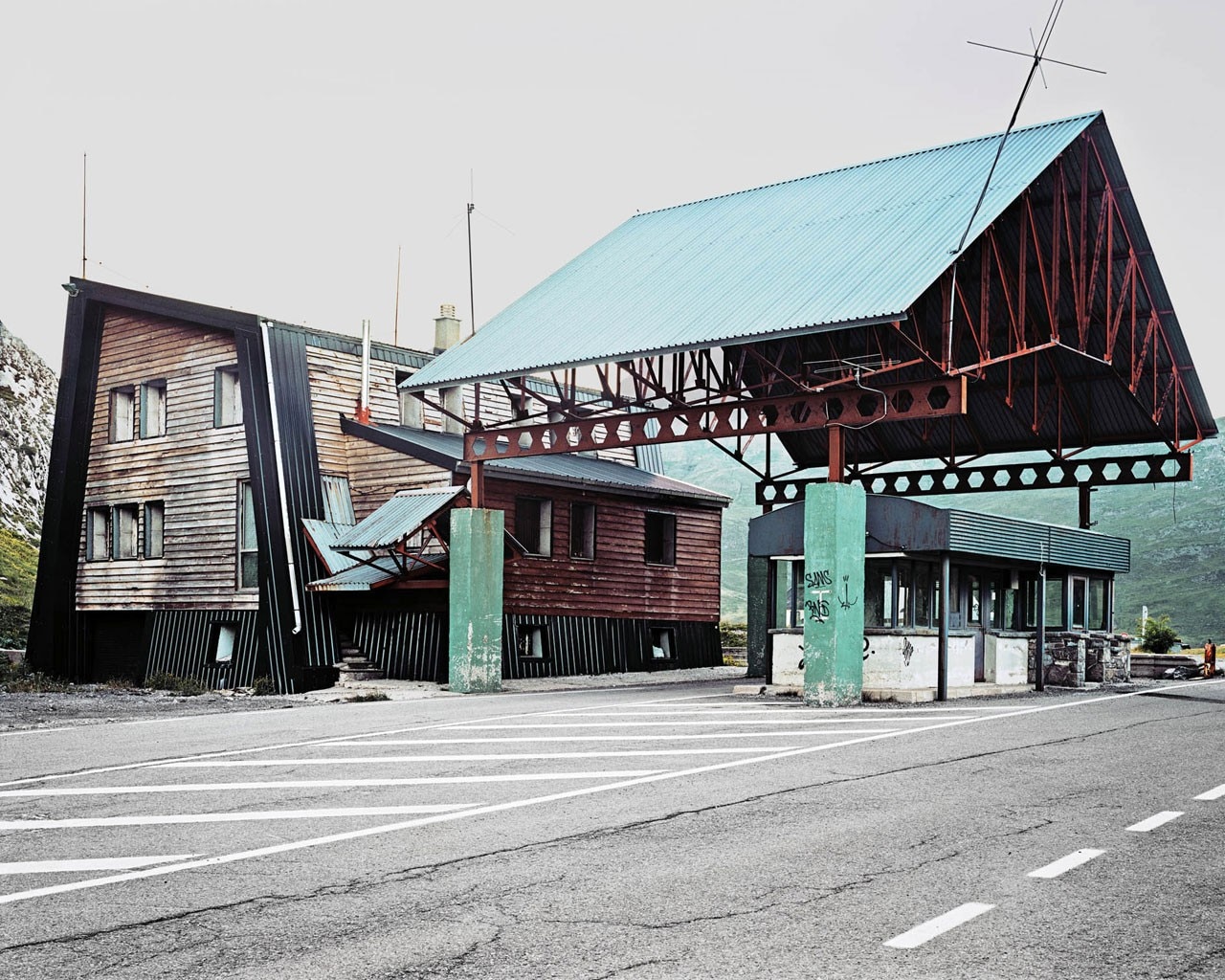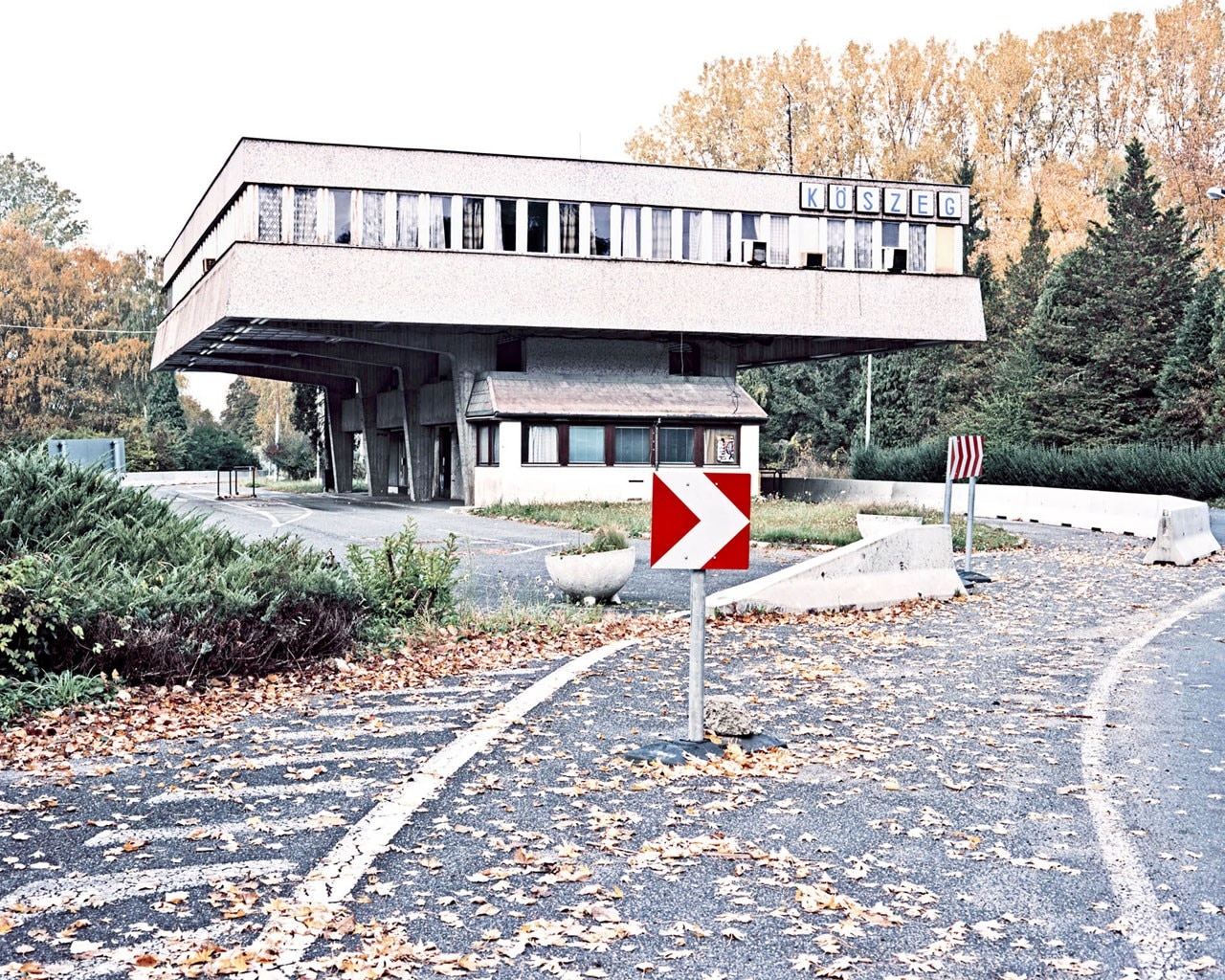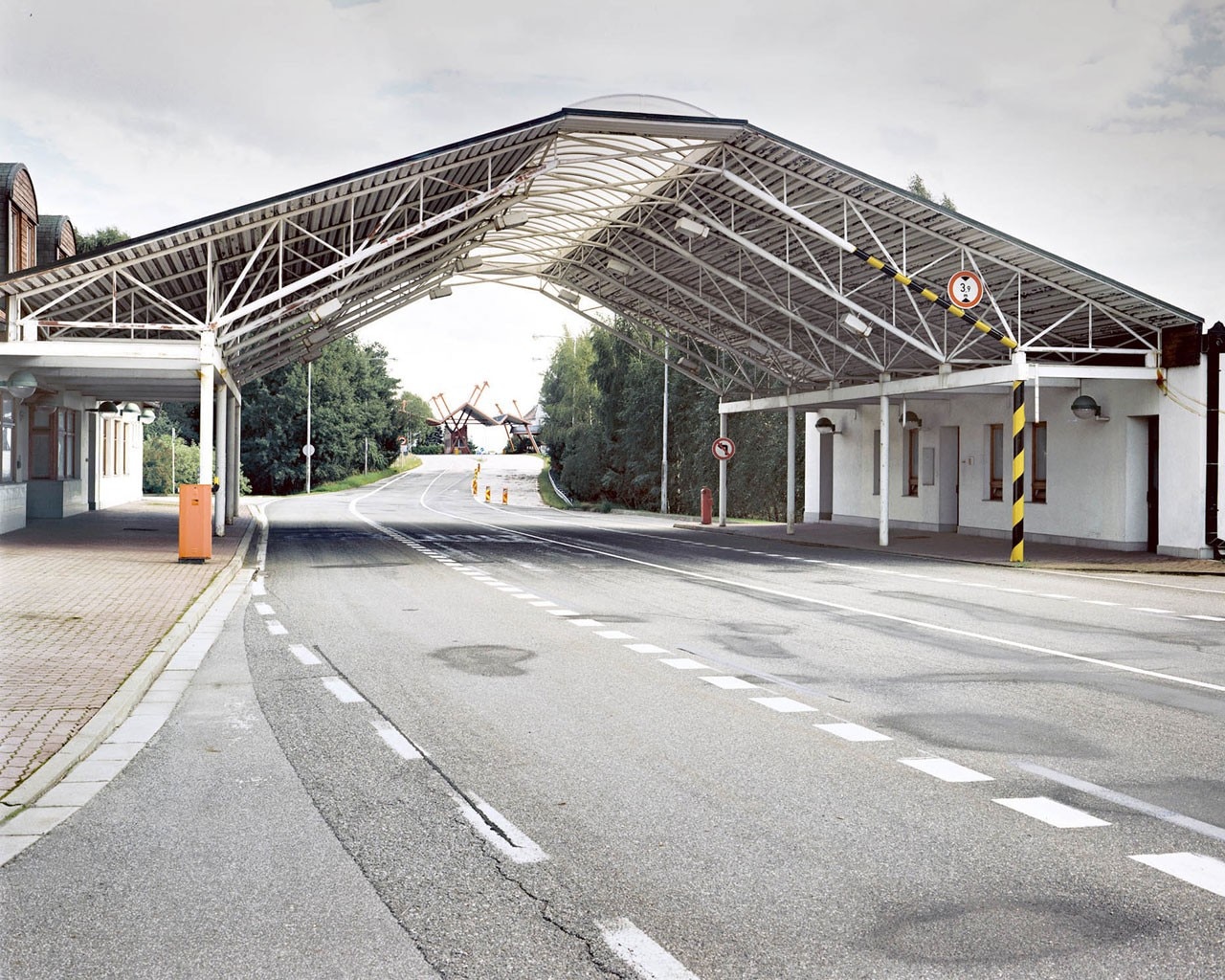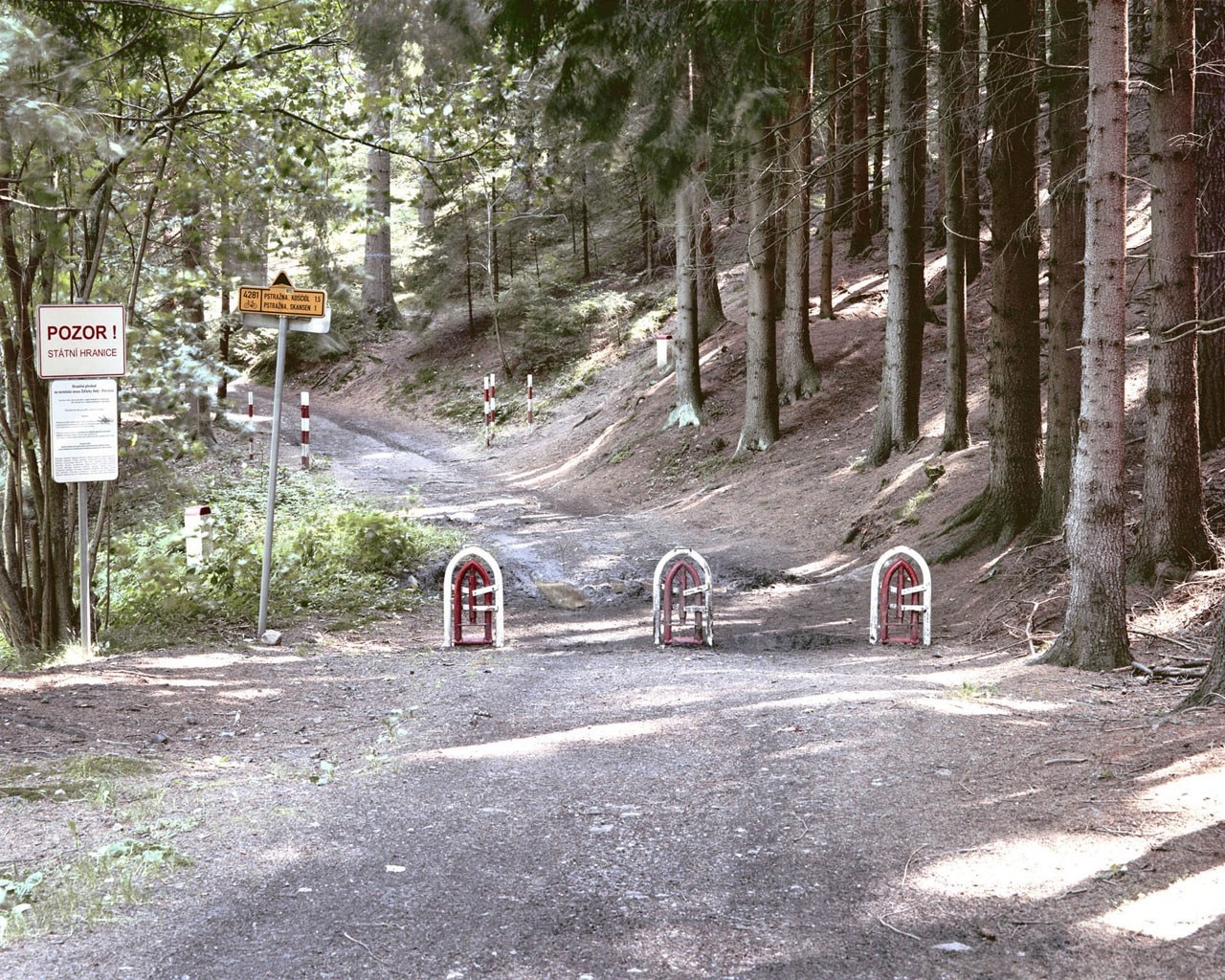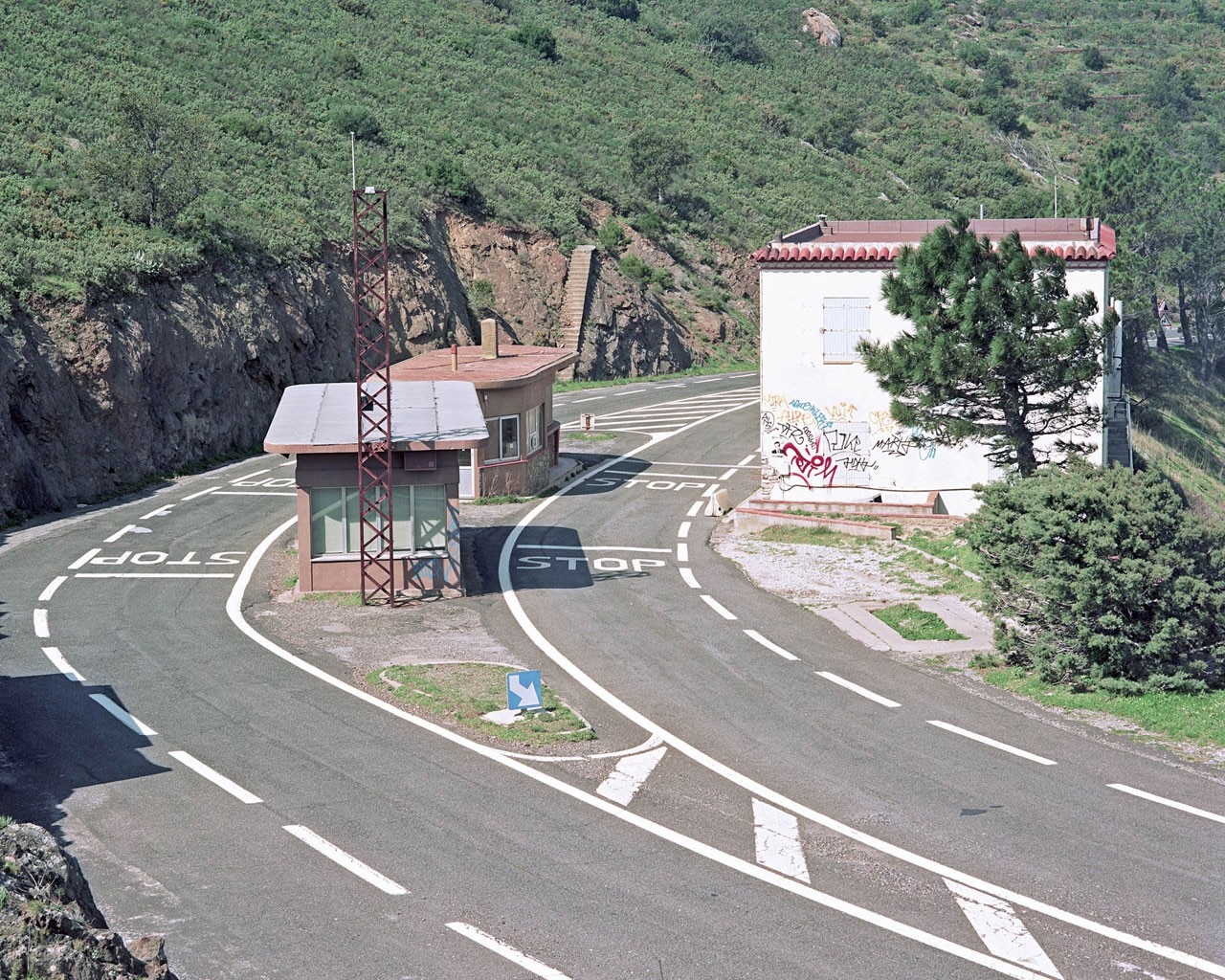
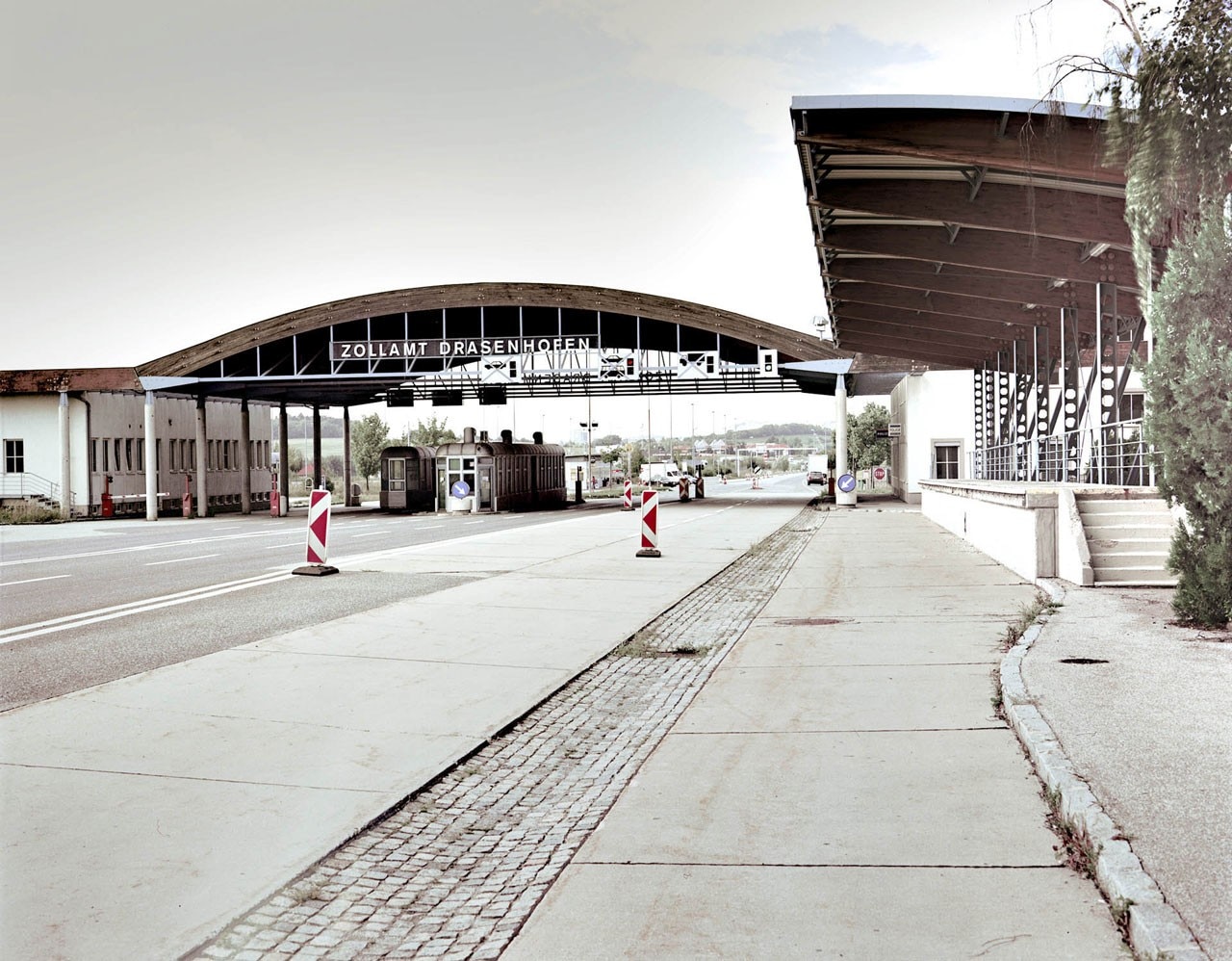
This revolutionary treaty was signed in 1985 and came into force in 1995; next year 2015 will be its 20th and 30th anniversary respectively.
These old border crossing points are slowly disappearing, some are renovated and reconverted to new uses, some are destroyed for vandals, and some other just fall down due to the passing of time. So, after some few years there will be no possibility to look at this strong signs and symbols of the recent european history.
This project was awarded with the 2013 Center Project Development Grant, awarded by Center (Santa Fe, New Mexico, USA) juror Denise Wolff (Aperture Foundation).

Born in Valencia, Ignacio Evangelista takes his bachelor degree in Psychology, University of Valencia. His photographic series show the relationship, sometimes contradictory, between nature and the artificial, between animate and inanimate. Although the series can be formally very different from each other, always a common theme underlying all of them, related to the human trace. Since 2013 he write posts on Photography for Ivory Press blog “Turn On Art”.


